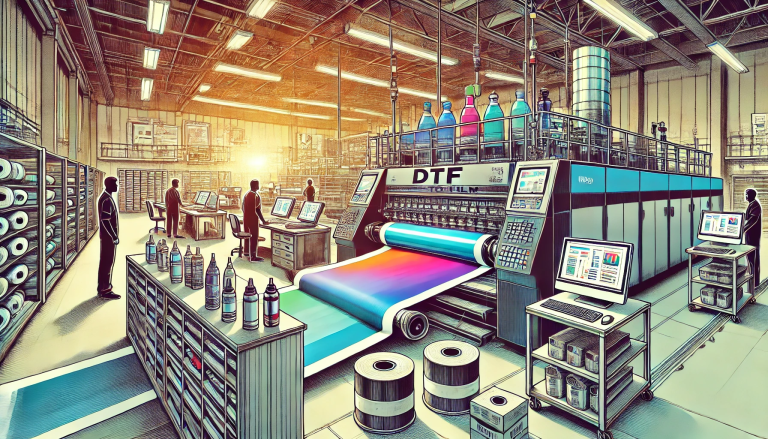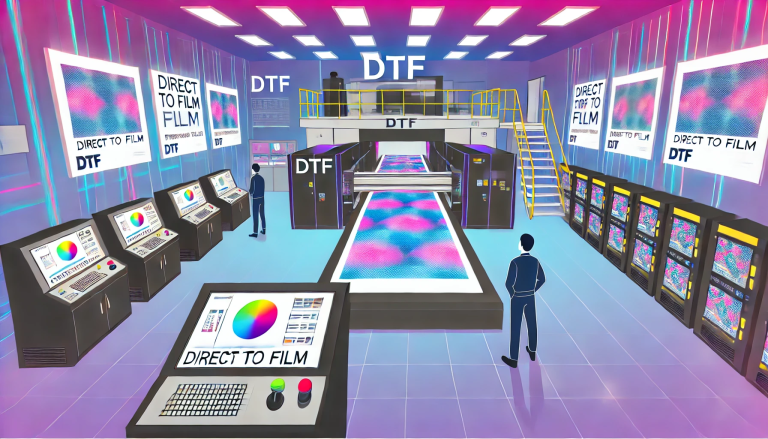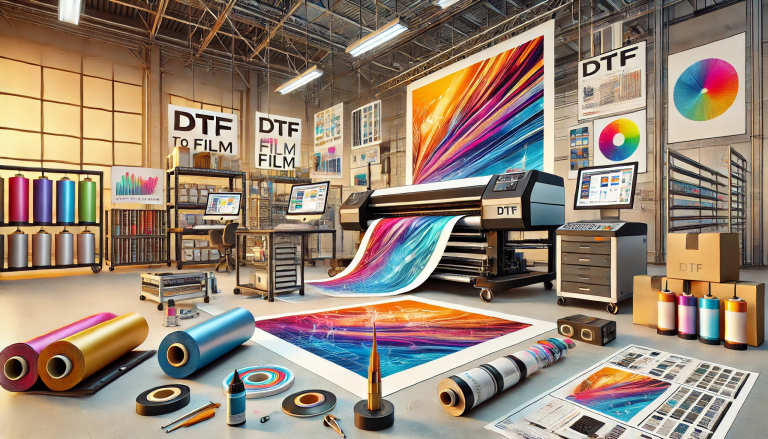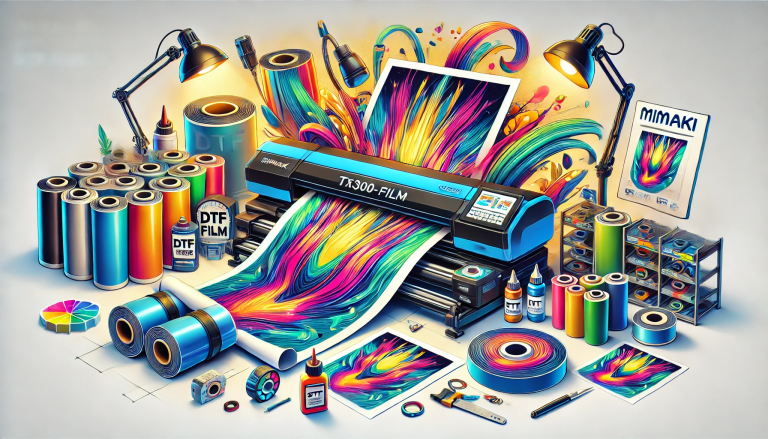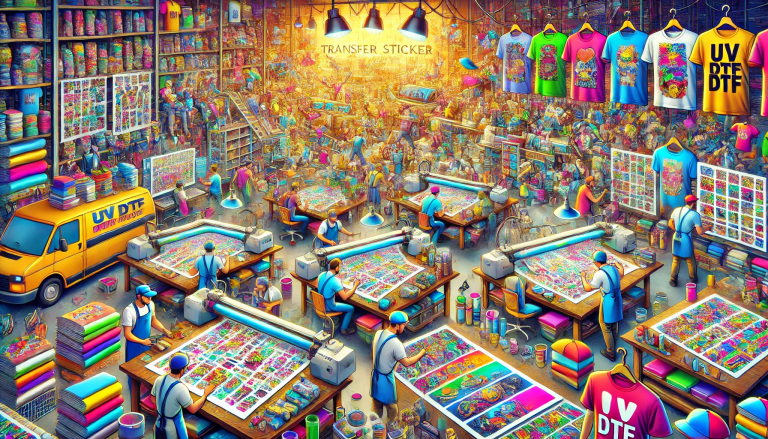“DTG vs. DTF Transfer Film A4: Get the Right Transfer for Your Project!” -MAXDTF- PET Film For DTF Supplier, DTF Film PET A4 Factory, Made in china
Introduction
The difference between DTG (Direct to Garment) and DTF (Direct to Film) Transfer Film A4 is an important one to understand when it comes to printing garments. DTG printing is a digital printing process that uses inkjet technology to print directly onto the fabric, while DTF printing is a heat transfer process that uses a special transfer film to transfer an image onto the fabric. Both processes have their advantages and disadvantages, and it is important to understand the differences between them to choose the best printing method for your project.
How to Choose the Right DTG or DTF Transfer Film for Your Project
When it comes to creating custom apparel, there are a variety of methods to choose from. Two of the most popular methods are direct-to-garment (DTG) and direct-to-film (DTF) transfers. Both of these methods allow you to create high-quality, vibrant designs that will last for years. However, it is important to choose the right transfer film for your project to ensure the best results.
When selecting a transfer film for your DTG or DTF project, there are several factors to consider. First, you should consider the type of fabric you are printing on. Different fabrics require different types of transfer films. For example, if you are printing on a cotton fabric, you will need a film that is specifically designed for cotton. Similarly, if you are printing on a polyester fabric, you will need a film that is designed for polyester.
Next, you should consider the type of design you are printing. If you are printing a complex design with multiple colors, you will need a film that is designed for multi-color printing. On the other hand, if you are printing a simple design with only one or two colors, you can use a single-color film.
Finally, you should consider the type of printer you are using. Different printers require different types of transfer films. For example, some printers require a special type of film that is designed for use with that specific printer. It is important to make sure that you are using the correct type of film for your printer to ensure the best results.
By taking the time to consider these factors, you can ensure that you are choosing the right transfer film for your DTG or DTF project. With the right film, you can create high-quality, vibrant designs that will last for years.
Comparing DTG and DTF Transfer Film: What’s the Difference?
When it comes to transferring images onto a variety of surfaces, there are two main types of transfer film: DTG (Direct to Garment) and DTF (Direct to Film). Both of these films are used to transfer images onto fabric, but they have some key differences that should be taken into consideration when deciding which one to use.
DTG transfer film is designed to be used with a special printer that prints directly onto the film. This type of film is ideal for transferring images onto light-colored fabrics, as it produces a vibrant, high-quality image. The downside to DTG transfer film is that it is more expensive than DTF transfer film and can be difficult to use with some fabrics.
DTF transfer film, on the other hand, is designed to be used with a standard inkjet printer. This type of film is ideal for transferring images onto dark-colored fabrics, as it produces a more subtle, muted image. The downside to DTF transfer film is that it is more time-consuming to use than DTG transfer film and can be difficult to use with some fabrics.
When deciding which type of transfer film to use, it is important to consider the type of fabric you are working with, the desired image quality, and the cost. DTG transfer film is best for light-colored fabrics and high-quality images, while DTF transfer film is best for dark-colored fabrics and more subtle images. Ultimately, the choice between DTG and DTF transfer film will depend on the specific needs of the project.
Exploring the Benefits of DTG and DTF Transfer Film
Digital transfer film (DTF) and direct-to-garment (DTG) printing are two of the most popular methods of garment decoration. Both offer a range of benefits that make them attractive to businesses and consumers alike. In this article, we will explore the advantages of DTF and DTG transfer films and discuss how they can be used to create unique and eye-catching designs.
DTF transfer film is a type of heat transfer film that is used to transfer designs onto garments. It is a cost-effective and efficient way to create custom designs on a variety of fabrics. The film is applied to the garment using a heat press, and the design is transferred onto the fabric. The advantage of DTF transfer film is that it can be used to create intricate designs with a high level of detail. It is also a great option for creating large-scale designs, as the film can be cut into any shape or size.
DTG printing is a digital printing process that uses inkjet technology to print designs directly onto garments. This method is ideal for creating complex designs with a high level of detail. It is also a great option for creating short-run designs, as it does not require the use of screens or plates. The advantage of DTG printing is that it is fast and cost-effective, and it can be used to create a wide range of colors and effects.
Both DTF transfer film and DTG printing offer a range of benefits that make them attractive to businesses and consumers alike. DTF transfer film is a cost-effective and efficient way to create intricate designs with a high level of detail, while DTG printing is ideal for creating complex designs with a wide range of colors and effects. Both methods are fast and cost-effective, and they can be used to create unique and eye-catching designs.
Conclusion
The difference between DTG and DTF Transfer Film A4 is that DTG is a direct-to-garment printing method that uses inkjet technology to print directly onto the fabric, while DTF Transfer Film A4 is a heat transfer film that is used to transfer designs onto fabric. Both methods are effective for creating custom designs on fabric, but DTG is more efficient and cost-effective for larger orders.

